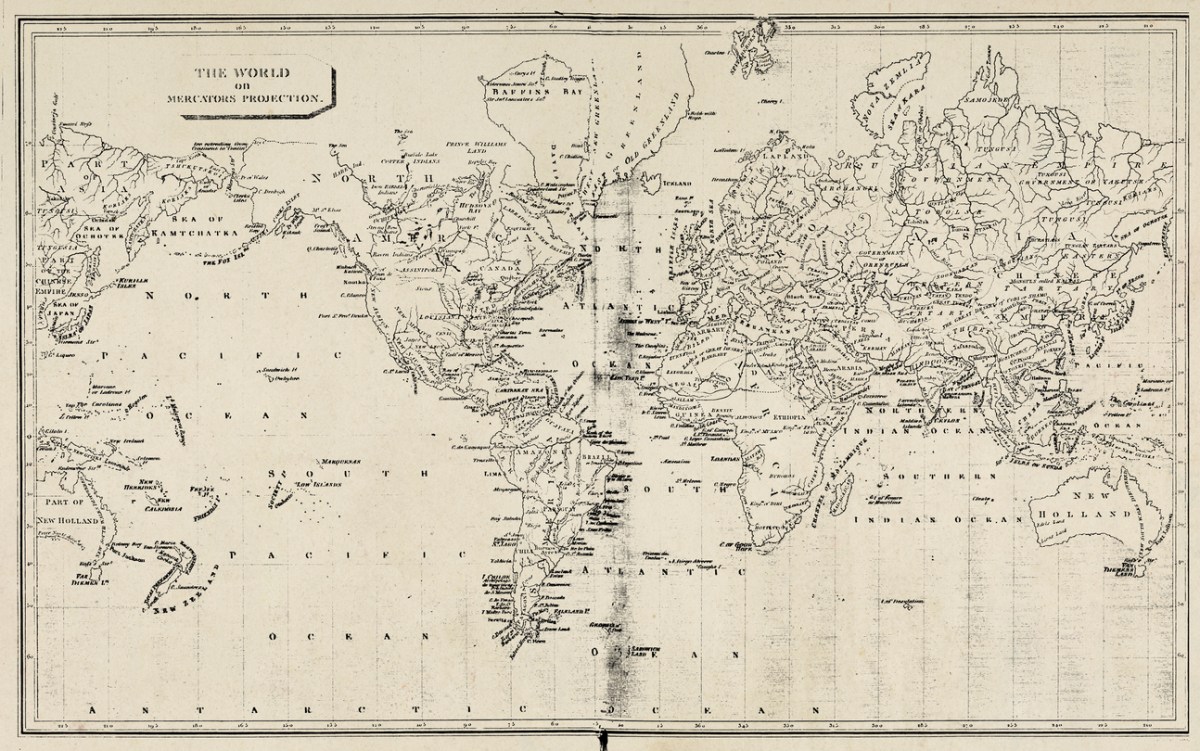As Impact Investing evolved, there was considerable focus on impact measurement. It was challenging, but it was seen as the core differentiator of the approach. But as the space evolved, it soon became apparent that a fund manager’s broader impact management practice was just as important. That they need to be managing their impact throughout the full investment cycle.
This is the time when the IFC’s Operating Principles for Impact Management (Impact Principles) were introduced. They operated as a broad structure, off which other measurement and frameworks and standards could be hung.
And of course the last of the 9 principles stated that signatories MUST engage a third-party to independently verify their impact practices and performance.
For Christina Leijonhufvud and her colleagues at Tideline, this was a siren song. This was the work they were uniquely suited for, and so they spun-out a new organisation called BlueMark; a firm dedicated to the specialised task of assessing, of auditing, the impact statements of the world’s leading impact investors.
“The operating principles for impact management represent that more holistic framework for how an investor should think about integrating impact throughout each stage of the investment process from how they articulate their impact objectives, all the way to how they conduct exits, with a view to sustaining impact.” Christina says. “And we realised that verification writ large was going to become much more important in the impact investing market as it continues to mainstream and scale; along with concerns abound impact washing and the integrity of the label. So, we launched BlueMark in January of 2020.”
The first major results from BlueMark were made public in April last year, and they’ve recently followed that up with a benchmark report that covers the first 30 impact verifications; “Making the Mark: The Benchmark for Impact Investing Practice.”
Essentially the benchmark assesses how closely investors are following the Impact Principles, as well other management frameworks such as the Impact Management Project (IMP).
The assessment process embeds a scoring approach, and its allowed BlueMark to cut the data and distinguish top quartile performers, from those below. They have identified the groups as ‘practice leaders’ and ‘practice learners’.
But no matter what stage of the journey an impact investor is at, Christina highlighted the importance of looking beyond just performance. “An asset manager that is truly committed to impact will hold themselves up to two levels of accountability for impact. One is accountability for their practice, and the other is performance. So, practice and performance is the way I like to think about sort of two pillars of accountability for impact.” Christina says.
This benchmark captured only a sample of the industry, it reviewed 30 firms, so it may not yet be representative. But, it did involve leaders in the space. These are the pioneers, those who took it upon themselves to be the first to sign the IFC’s Impact Principles.
But despite their being at the vanguard of change, they’re not perfect, and one area for improvement is that most prickly issue of engaging with beneficiaries, to assess the needs of those on the ground, and whether your ‘impact’ is actually contributing to their wellbeing.
“One of the features we do look at it’s the extent to which investors are soliciting input from various stakeholders in the ultimate impact of the investment. Those might be local beneficiaries or members of the community or they could be workers in the enterprise. And very few investors have a concrete or robust way in place to solicit input on a regular basis from stakeholders.”
In the world of impact investing, there’s always room for improvement. The space is nascent, it’s evolving before our eyes. But it’s the work of groups like BlueMark that are making connections between not only investors, but also measurement and management frameworks.
Their role is vital in the growth of the space, and their existence is clear evidence that impact investment is reaching maturity.
The full audio of the conversation, between Christina Leijonhufvud and John Treadgold, can be found on the Good Future Podcast.

